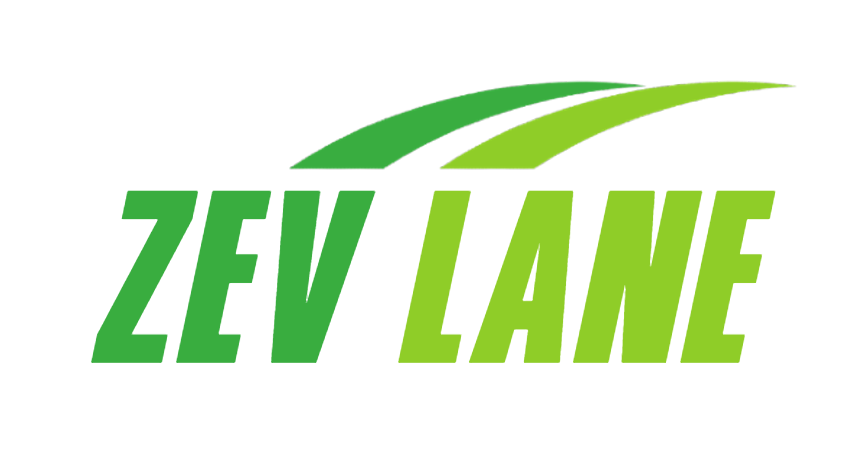In a not-so-surprising move, Elon Musk, owner of the electric car company Tesla, has requested almost $100 million from the federal government as he begins another new venture of building a network of electric truck charging stations.
Musk is best known for spearheading efforts to fully electrify the automobile industry, starting the Austin-based company Tesla in 2003.
In 2017, Musk launched the Tesla Semi, describing the design as “badass.” To date, the company has already delivered 21 electric semi-trucks to Pepsico, which operates out of a solar-powered facility. The Semi is the first all-electric sixteen-wheeler to hit the market.
Now, the company is looking for a more efficient way to keep these trucks on the road.
Electrifying the Route from Texas to California
In his latest ask, Musk is requesting funds to build nine separate electric charging stations that will be meant to energize a fleet of electric semi-trucks. This network of charging stations will extend from Texas to California, making it possible for drivers to journey the entire route without having to worry about where to charge up.
If Tesla receives the funding, this venture will result in a revolutionary shift for long-haul trucking. The network will be one-of-a-kind, starting in Laredo, Texas (about 240 miles from the Tesla headquarters in Austin) and ending in Fremont, California (about 150 miles from the site of a new factory Tesla is building in Nuevo Leon, Mexico).
In 2022, Tesla was given exclusive lane access at the Mexican border crossing to help facilitate easier movement of supplies from Mexico to American factories. The Tesla charging station proposal could electrify some of those deliveries, which, at the time of writing this article, are still being done with internal combustion engine trucks.
This plan is essentially following the Megawatt Charging Standard for commercial vehicles, a proposal that was finalized in 2022.
Each charging station will be home to eight 750-kilowatt chargers for Tesla trucks – known as Megacharger charging stations – with an allotment of four additional chargers for trucks manufactured by other companies. Although Tesla is requesting $97 million from the federal government, the company is fronting nearly a quarter of that – $24 million – itself.
Though not yet confirmed, the Semi connectors will likely consist of Tesla’s NACS V4 charge connector, which is allegedly good for a charge of 1 megawatt.
Funding From the Bipartisan Infrastructure Deal
According to Bloomberg, Tesla has been in talks with Texas officials about how the company might qualify for financial support under the Bipartisan Infrastructure Deal. The company has also requested that these state officials write letters of support for the semi-truck charging station project.
This deal was signed in late 2021 and described as being a “one-in-a-generation-investment,” including $550 billion in new federal investment. The rest of the deal is financed by unused monies from COVID-19 relief bills.
The Bipartisan Infrastructure Deal already includes about $7.5 billion in funding meant to create a network of electric vehicle chargers nationwide. Within that, a Charging and Fueling Infrastructure Discretionary Grant Program was established to improve access to electric vehicle charging and other alternative fueling systems.
It has not been disclosed if Tesla will continue with the charging station project if the application for federal funding does not receive approval. Regardless, the Federal Highway Administration, which will oversee the grants, is reviewing applications and plans to name the recipients toward the end of 2023.
Changing the Way Texas Sees Green Energy
Texas has seen a massive surge in renewable energy over the last decade. Although the share of electric vehicles in the Lone Star State has grown by a whopping 1160% from 2016 to 2022, there’s still room to grow. This share of electrified vehicles represents less than half (0.4) percent of all vehicles registered in the state.
Much of this hesitancy lies in the commercial sector. Questions remain about how effective it will be to switch to green transportation methods for longer trips and for heavy-duty vehicles (particularly those with cargo). There are also questions about the lifespan of the batteries needed for electric vehicles, particularly because these batteries last just five to eight years and are tricky to dispose of.
Not only that, but electric charging stations and truck stops present more difficult challenges in terms of siting. They have a significant effect on the grid, and charging a number of electric semi-trucks could result in sky-high charges when electricity demand rises quickly.
Nevertheless, there’s a strong push for the adoption of electric vehicles, and this new proposal from Tesla may help. There’s certainly statewide initiative to do so – earlier in 2023, the Texas Commission on Environmental Quality announced that there would be $8.2 million total in state incentives for Texas companies to invest in electric vehicles.
The Biden administration has also proposed strict regulations, requiring at least 54% of new vehicles sold in the US to be electric by 2030. Similarly, the Texas Clean Fleet Program has a goal of replacing diesel vehicles with alternative fuel, electric, or hybrid vehicles as well.
With more than 55 million tons of goods shipped to and from the United States each day and requiring over a billion barrels of oil, trucks are the quickest-growing contributor to dangerous air pollution.
By funding projects like Tesla’s charging station network, companies will be able to transport their goods more efficiently – without having to rely heavily on fossil fuels.

